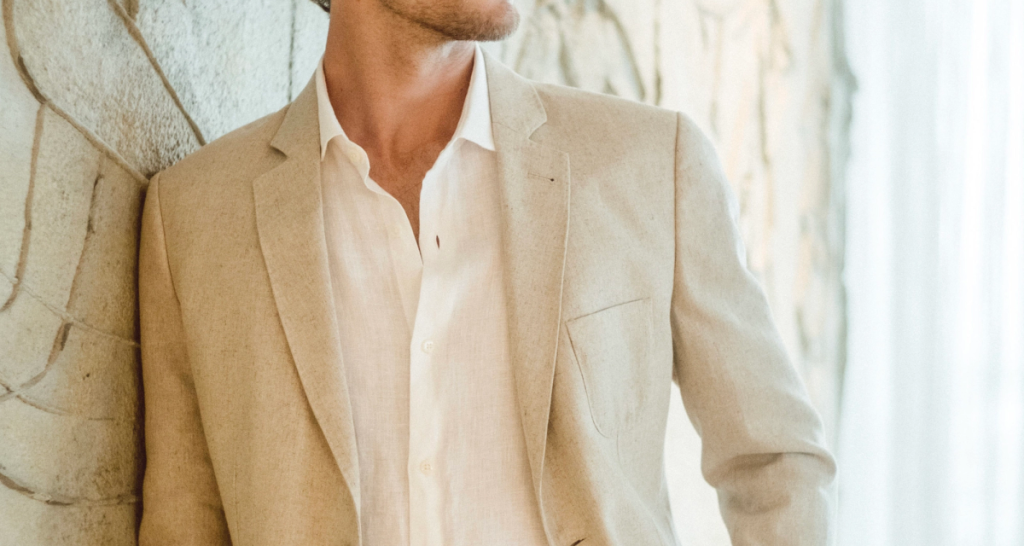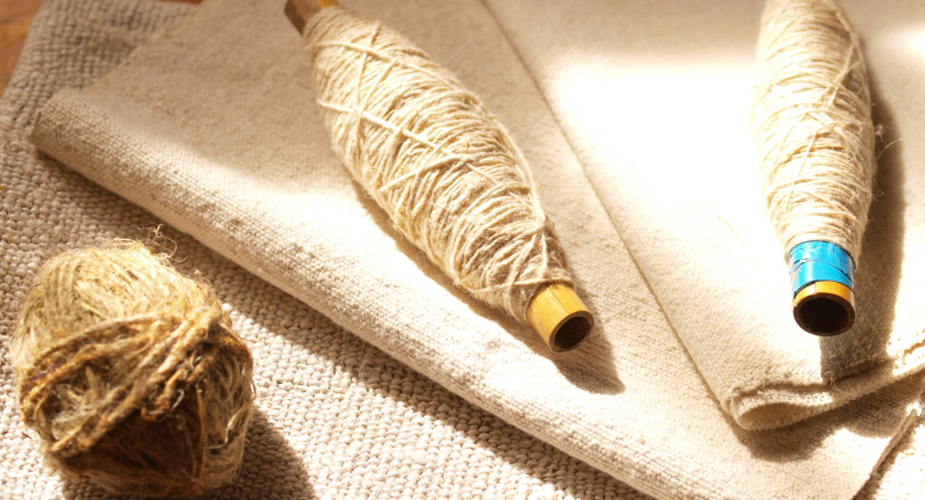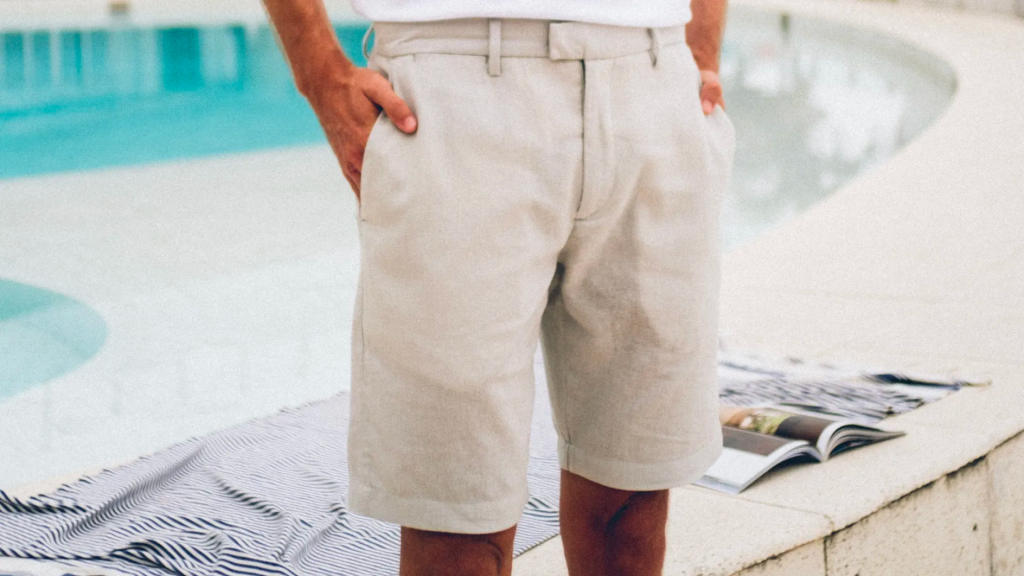Summary:
- Linen fabric has been in use since ancient times and was one of the earliest fabrics created;
- It is a versatile and comfortable fabric that offers a refreshing feel and exhibits excellent durability;
- Ensure precision and approve sample garments with ease, minimizing the wastage of raw materials. Experience the benefits of Audaces360 with a free trial today!

Linen fabric is considered one of the earliest fabrics created by humans and plays a significant role in the fashion industry.
With its origins dating back to Ancient Egypt around 7000 BC, this fabric has been utilized for various purposes throughout history.
From its use in rituals and mummification to constructing sails for Phoenician ships, linen has found its way into curtains, furniture, and clothing.
If you’re interested in knowing the best ways to incorporate linen into your fashion collection, you’ve come to the right place!
Sumário
Keep reading to discover more about this traditional fabric.
What is linen fabric and how to use it?

Linen fabric is renowned for its versatility, comfort, freshness, and durability. It is a natural fabric derived from the flax or linseed plant, giving it a pleasing tactile quality.
However, linen is prone to wrinkling easily. To mitigate this characteristic, it has been frequently blended with other fibers like cotton and polyester throughout its history.
There exist various types of linen fabric, each with its unique characteristics.
Get to know more about them:
Damask
Damask is a reversible type of linen fabric with an ornamental design. Its name originates from the city of Damascus, dating back to the twelfth century.
This shiny material is primarily used for exquisite tablecloths, curtains, and luxurious upholstery.
Coarse linen
Coarse linen is crafted from significantly thick fibers, resulting in robust threads that lend the fabric its characteristic rough texture.
This type of linen is ideal for creating work clothes, as it offers exceptional durability and resistance to wear.
Cambric
Cambric is a simple and tightly woven linen fabric with a starched finish.
It is highly absorbent, resistant, soft, and comfortable. While it has a slightly lighter weight than pure linen, it retains a modest level of transparency that doesn’t compromise its elegance.
Cambric is commonly used in the production of shorts, suits, skirts, and various other garments.
Linen Blend (Mistletoe)
Flat, fine, soft, and lightweight linen fabric with a satin sheen. Like all linen fabrics, it is prone to wrinkling and exhibits the typical uneven surface.
However, mistletoe is a blend of linen threads and viscose, which reduces its tendency to wrinkle compared to pure linen. It finds common usage in the production of men’s dresses, skirts, blouses, and shirts.
How is the manufacturing process of linen fabric?

If you’ve ever wondered how a plant can transform into fabric, let’s explore the intricate artisanal process involved in creating linen. It encompasses planting, harvesting, and drying, which converts the plant into straw, and the subsequent separation of seeds and stems to obtain threads for yarn production.
The process begins with the extraction of fibers from the plant. Afterward, the fibers undergo maceration, where vegetable glue is utilized to decompose any remaining impurities.
Following this step, the fibers are dried once again, and the threads are separated, ultimately leading to the creation of the linen fabric.
Learn more: 9 fabrics with the perfect fit to use in your fashion collection
What are the characteristics of this type of fabric?
Linen fabric has distinctive characteristics that set it apart. It is highly durable and resistant, surpassing fabrics made from cotton and other natural fibers. Additionally, linen offers a soft touch and exudes an air of sophistication.
The versatility of linen is evident in its wide range of applications, spanning from bedding to dress shirts. The fabric’s lightly structured fit enhances the robustness of any garment it is used for.
Notably, linen fabric is antibacterial and antifungal, making it hypoallergenic and gentle on the skin. It can even provide protection against UV radiation.
Moreover, linen exhibits excellent moisture absorption, capable of absorbing up to 20 times its own weight without feeling wet.
When observing linen fabric, its natural texture imparts a rustic appearance. Further attributes that make it highly valued include:
- Comfortable to wear
- Lustrous
- Flexible
- Slightly elastic
- High tensile strength
- Absorbent
- Soft
- Versatile
- Quick-drying
- Elegant
- Strong
- Durable
How to incorporate linen fabric into your fashion collection?

Linen fabric’s versatility lends itself to various applications in the textile industry. It finds use in the creation of sheets, cushions, curtains, upholstery, bath, and table towels, showcasing its diverse potential.
For those considering linen for clothing production, it’s important to recognize that this lightweight fabric allows the body to breathe, ensuring optimal ventilation, and making it particularly suitable for summer pieces.
Linen is commonly employed in the design of blouses, dresses, overalls, skirts, shorts, and even lightweight blazers, offering comfort and a breezy feel.
Beyond summer, linen can be combined with sturdier fabrics to create suits, pants, and shirts for other seasons, adding a touch of natural elegance and sophistication to the collection.
By embracing linen fabric in your fashion line, you can create garments that exude comfort and timeless style.
Learn more: Uncover the benefits of fashion trend forecasting for your clothing business
Create your garments and predict fabric fit with Audaces

Discover the benefits of Audaces360, a game-changing solution worth exploring!
This innovative software platform offers resource savings, improved results, and time efficiency.
Let’s see the software ecosystem it encompasses:
Audaces Fashion Studio
A user-friendly tool that harnesses advanced technology, enabling you to work in a three-dimensional environment.
Audaces Fashion Studio streamlines the creation process, allowing activities such as fit simulations, texture mapping, and testing different materials on hyper-realistic avatars.
With this software, you can create, test, and refine designs without fabric wastage.
Audaces Idea
Enhance agility and improve communication during the creation stage with Audaces Idea.
This software standardizes processes, providing precision and efficiency. It allows you to view your collection in 360º, test various designs, estimate costs, and seamlessly integrate technical drawings with tech packs, streamlining the workflow.
Audaces 3D
Optimize production efficiency with Audaces 3D! This software empowers you to approve collections online, verify garment fit accurately, and reduce the quantity and costs associated with creating garment samples.
Conclusion
In summary, linen fabric offers exceptional versatility and is well-suited for creating summer garments. Incorporating linen into your collections adds an elegant and sophisticated touch to your clothing designs.
If you’re interested in discovering more about various fabric types, we have a comprehensive e-book on the subject – from A to Z –, available for free.
Download it now and enjoy the reading!
FAQ
Linen fabric is a natural textile derived from the flax or linseed plant, known for its pleasant touch and feel.
Linen fabric has a tendency to wrinkle easily, which has led to its combination with other fibers like cotton and polyester to mitigate this trait.
Linen fabric is versatile and suitable for creating various garments such as blouses, dresses, jumpsuits, skirts, shorts, and even lightweight blazers. During other seasons, it can be paired with sturdier fabrics for suits, pants, and shirts.










